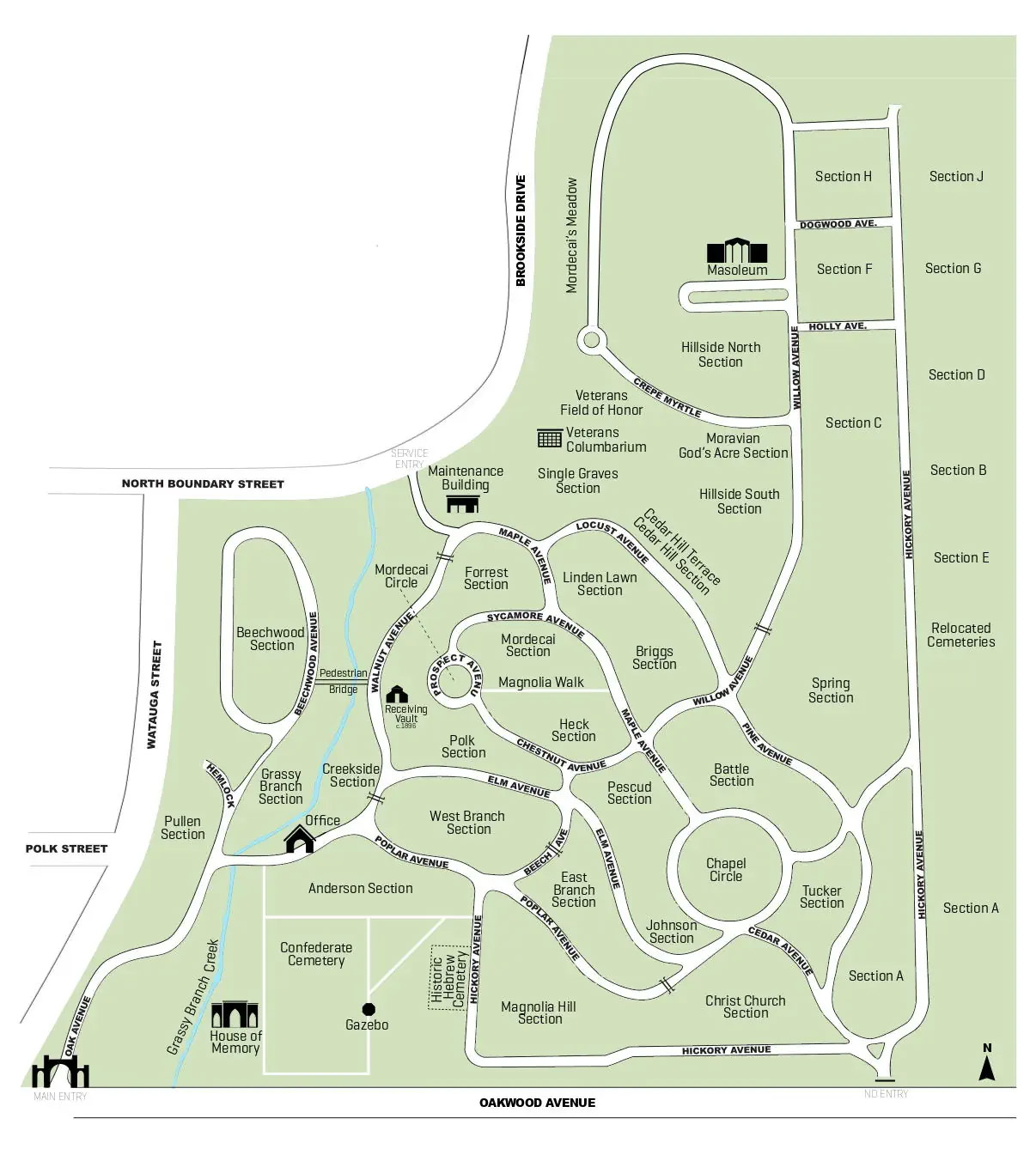Ernest Haywood
The Rest of the Story
The murder of Ludlow Skinner begins with Mrs. Gertrude Tucker, Skinner’s sister-in-law and one of the most beautiful women in all of North Carolina at the time. Seems while doing work for Mrs. Tucker, Haywood had a thing for the beautiful widow and they began a secret affair (which in 1903, was a very big deal). And while there was ample evidence to their marriage, Haywood refused to acknowledge the legality of their marriage or the bastard son born out of wedlock. Sadly Ernest Eagles Haywood would go to seek his calling as a writer in New York City only to commit suicide at the age of 21.
Ernest Haywood would live another 43 years after the murder and in his obituary and other notices, the murder was never mentioned and he continued his career and his reputation remained unscathed. In fact, his obituary states he was unmarried and without heirs.
Although he was a slight man, Haywood inspired respect during his lifetime. One of the Wachovia Bank secretaries (where Haywood kept his law office his entire life) who often rode the same elevator with him described him as “a sparrow hawk of a man with piercing dark eyes who never smiled.”
When he died he was buried the following day with only the sons of lawyers who were his defense council as pallbearers in attendance. He was buried a stone’s throw from the grave of John Ludlow Skinner, the man he murdered.
Cemetery Information:
Final Resting Place:
Oakwood Cemetery
701 Oakwood Avenue
Raleigh, North Carolina, 27601
USA
North America
Map:

Grave Location:
Section HECK, Lot 5, Grave 17Grave Location Description
As you enter through the cemetery gates, stay to the right and drive up through the cemetery to the intersection of Maple Avenue and Chestnut Avenue. Walk up Maple Avenue and look to your left for the sign indicating Miller’s Magnolia Walk that cuts through the middle of the section. Turn left along the path and Ernest Haywood’s simple marker is on your left next to the substantial Haywood monument.


